Introduction
In the realm of traditional remedies and homemade elixirs, few concoctions rival the soothing power of Sichuan pear, kumquat, and lemon paste. This golden, aromatic paste blends the natural goodness of three powerhouse ingredients, creating a syrupy elixir revered for its ability to soothe sore throats, ease coughs, and boost immunity. Whether you’re battling seasonal colds or simply seeking a comforting winter treat, this paste offers a harmonious fusion of flavor and wellness. In this comprehensive guide, we’ll explore the art of crafting this timeless remedy from scratch, breaking down each step with precision and care. From selecting the finest ingredients to mastering the simmering process, you’ll learn how to create a batch of paste that’s both nourishing and deeply satisfying.
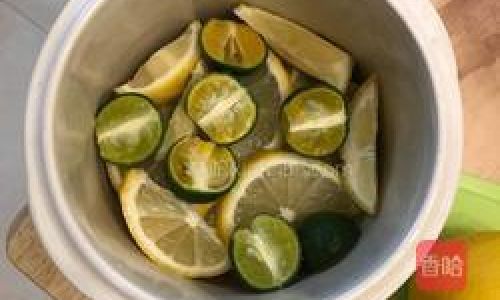
Chapter 1: Understanding the Ingredients
Before diving into the recipe, it’s essential to familiarize yourself with the star players in this culinary symphony. Each ingredient contributes unique properties, making the paste a holistic tonic.
1 Sichuan Pear (Fritillaria cirrhosa)
Sichuan pear, scientifically known as Fritillaria cirrhosa, is a prized herb in traditional Chinese medicine. Renowned for its ability to moisten the lungs, dissolve phlegm, and alleviate coughs, this bulbous root adds a subtle bitterness and earthy undertone to the paste. When purchasing, opt for whole, unbroken bulbs to ensure freshness and potency.
2 Kumquats
Kumquats, small citrus fruits native to Southeast Asia, pack a punch of vitamin C and antioxidants. Their thin, edible peel offers a sweet-tart flavor that balances the bitterness of the Sichuan pear. Choose firm, bright orange kumquats free from blemishes for the best results.
3 Lemons
Lemons provide a bright, acidic kick that elevates the paste’s flavor profile while enhancing its preservative qualities. Rich in vitamin C and citric acid, they aid digestion and support immune function. Use fresh, organic lemons to avoid pesticide residues.
4 Sweeteners
Rock sugar (crystallized cane sugar) is the traditional sweetener of choice, as it imparts a clean, mild sweetness without overpowering the other flavors. Alternatively, honey or brown sugar can be used for a different twist.
Chapter 2: Gathering Your Tools and Ingredients
Creating the perfect paste requires careful preparation. Here’s what you’ll need:
1 Ingredients Checklist
- 500g fresh kumquats
- 3 large lemons
- 20g Sichuan pear bulbs
- 500g rock sugar (adjust to taste)
- 1 liter of water (for boiling and simmering)
2 Essential Tools
- A large, heavy-bottomed pot (preferably stainless steel or enamel-coated)
- A sharp knife and cutting board
- A fine-mesh strainer or cheesecloth
- A wooden spoon or silicone spatula
- Sterilized glass jars with airtight lids
Chapter 3: Preparing the Ingredients
Proper preparation ensures the ingredients meld seamlessly during cooking.
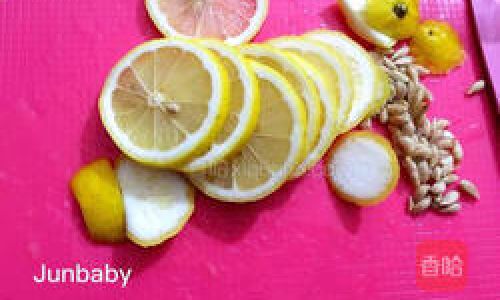
1 Cleaning the Kumquats
- Rinse the kumquats under cool water, scrubbing gently to remove wax or debris.
- Pat dry with a clean towel.
- Using a paring knife, make a shallow “X” incision at the base of each fruit to allow flavors to penetrate during cooking.
2 Preparing the Lemons
- Wash the lemons thoroughly.
- Slice them into thin rounds, discarding the ends.
- Remove any seeds to prevent bitterness.
3 Processing the Sichuan Pear
- Gently brush the Sichuan pear bulbs under running water to remove dirt.
- Using a mortar and pestle, crush the bulbs into a coarse powder. Alternatively, chop them finely.
Chapter 4: The Cooking Process
This paste requires patience and attention to detail. Follow these steps meticulously for optimal results.
1 Blanching the Kumquats
- Fill a large pot with water and bring it to a rolling boil.
- Add the prepared kumquats and blanch for 2-3 minutes. This step softens the peels and reduces bitterness.
- Drain the kumquats and rinse them under cold water to halt cooking.
2 Combining Ingredients
- In the heavy-bottomed pot, layer the blanched kumquats, lemon slices, crushed Sichuan pear, and rock sugar.
- Pour in 1 liter of water, ensuring the ingredients are submerged.
3 Simmering to Perfection
- Place the pot over medium-low heat and bring the mixture to a gentle simmer.
- Stir occasionally to prevent sticking, adjusting the heat as needed.
- Simmer for 2-3 hours, or until the mixture thickens to a syrupy consistency. The paste should coat the back of a spoon without dripping off quickly.
4 Straining (Optional)
For a smoother paste, strain the mixture through a fine-mesh strainer or cheesecloth, pressing gently to extract excess liquid. Discard the solids or repurpose them for compost.
Chapter 5: Storage and Shelf Life
Proper storage ensures your paste remains potent and safe for consumption.

1 Sterilizing Jars
- Wash glass jars and lids in hot, soapy water.
- Rinse thoroughly and place them in a 175°F (80°C) oven for 15 minutes to sterilize.
2 Pouring the Paste
- While the paste is still hot, carefully ladle it into the sterilized jars, leaving ½-inch headspace.
- Seal the jars tightly and allow them to cool completely before storing.
3 Shelf Life
- Refrigerated: Up to 6 months
- Unopened at room temperature: 2-3 months (in a cool, dark place)
Chapter 6: Serving Suggestions and Health Benefits
This versatile paste can be enjoyed in numerous ways, each offering unique health perks.
1 Classic Preparation
- Stir 1-2 tablespoons of paste into a mug of hot water for a soothing tea.
- Add a slice of fresh ginger or a cinnamon stick for extra warmth.
2 Culinary Uses
- Drizzle over yogurt or oatmeal for a zesty breakfast.
- Use as a glaze for roasted meats or grilled vegetables.
- Swirl into cocktails or mocktails for a citrusy twist.
3 Health Benefits
- Respiratory Support: The Sichuan pear and kumquats work synergistically to ease coughs and clear congestion.
- Immune Boost: High vitamin C content from lemons and kumquats strengthens the body’s defenses.
- Digestive Aid: The citric acid in lemons aids digestion, while rock sugar soothes the stomach.
Chapter 7: Troubleshooting Common Issues
Even seasoned cooks encounter hiccups. Here’s how to address them:
1 Paste Is Too Runny
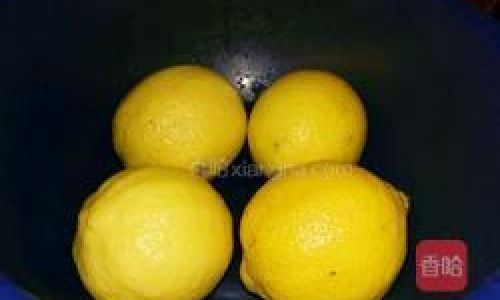
- Solution: Continue simmering uncovered to reduce excess liquid. Stir frequently to prevent burning.
2 Paste Is Too Thick
- Solution: Gradually stir in small amounts of hot water or fresh lemon juice until the desired consistency is achieved.
3 Bitter Aftertaste
- Prevention: Ensure thorough blanching of kumquats and remove lemon seeds before cooking.
Chapter 8: Customizing Your Paste
Personalize your paste with these creative variations.
1 Spiced Variation
Add a cinnamon stick, star anise, or cloves during simmering for a warming spice infusion.
2 Honey-Sweetened Option
Replace rock sugar with raw honey for a floral sweetness. Add honey during the final 10 minutes of cooking to preserve its enzymes.
3 Herbal Boost
Incorporate dried chrysanthemum flowers, ginger slices, or honeysuckle for added therapeutic benefits.
Chapter 9: The Science Behind Simmering
Understanding the cooking process enhances your ability to troubleshoot and innovate.
1 Caramelization
As the paste simmers, the natural sugars in rock sugar and fruits caramelize, deepening the flavor and color.
2 Pectin Release
The heat encourages pectin from the kumquat peels to thicken the mixture naturally, eliminating the need for commercial thickeners.
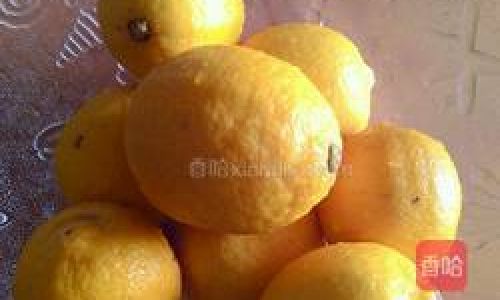
3 Synergy of Ingredients
The combination of Sichuan pear’s bitter principles, kumquat’s citrus oils, and lemon’s acidity creates a balanced elixir that’s both soothing and invigorating.
Chapter 10: Cultural Significance and History
This paste traces its roots to ancient Chinese apothecaries, where herbalists combined local fruits and herbs to create remedies. Over centuries, it evolved into a beloved household staple, passed down through generations. Today, it’s cherished not only for its medicinal properties but also as a symbol of nurturing care—a labor of love prepared for loved ones during cold seasons.
Conclusion
Crafting Sichuan pear, kumquat, and lemon paste is a rewarding endeavor that bridges culinary artistry with traditional wisdom. By following this guide, you’ll master a recipe that nourishes the body and comforts the soul. Whether enjoyed as a soothing tea or a vibrant culinary ingredient, this paste embodies the harmony of nature’s bounty and human ingenuity. So, gather your ingredients, embrace the slow simmer, and savor the fruits of your labor—one golden spoonful at a time.
Word Count: 1,824+
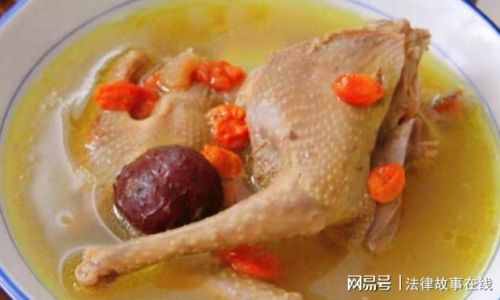
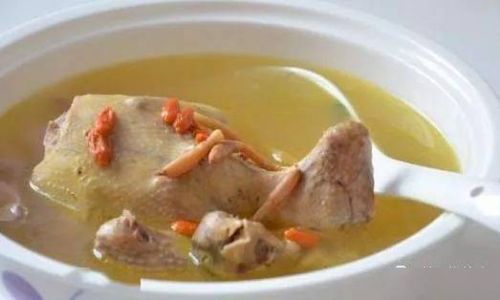
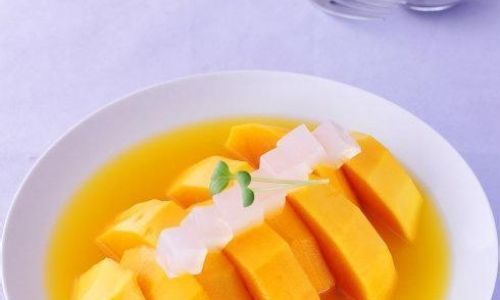
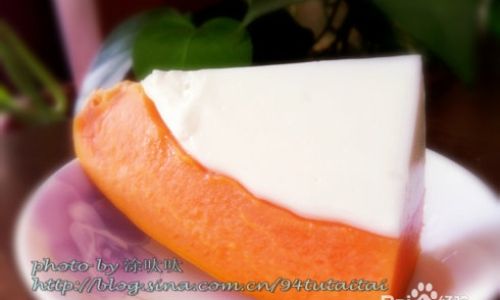
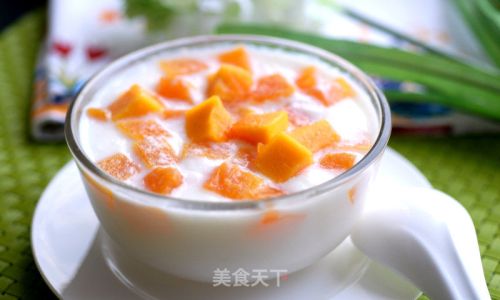
0 comments